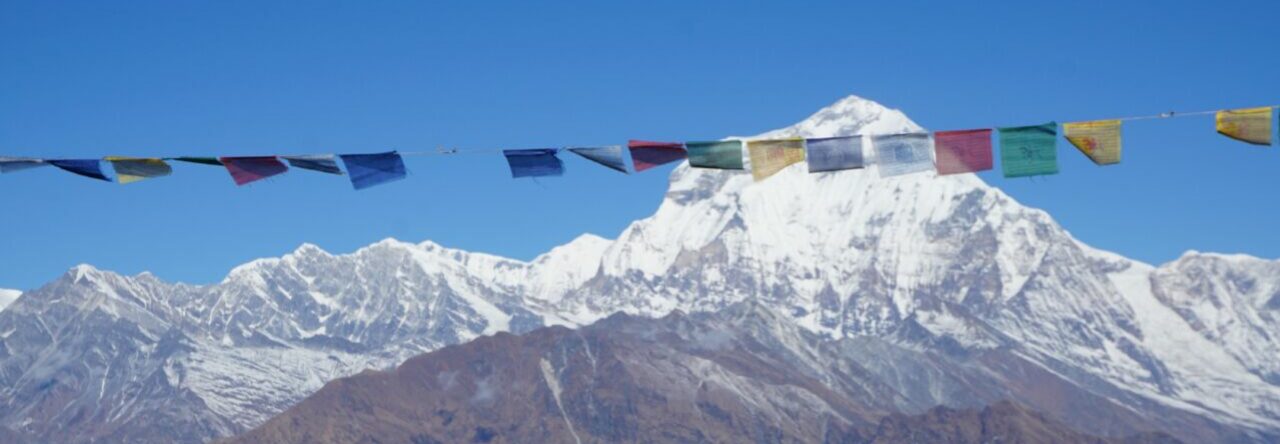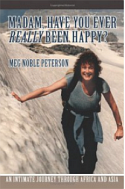“The world in which you were born is just one model of reality. Other cultures are not failed attempts at being you; they are unique manifestations of the human spirit.” These words were written by one of my favorite cultural anthropologists, Wade Davis, whom I often quote in my presentations.
As I saw on my visit to Bhutan, it’s a small country, but comprises a mosaic of distinct communities as well as 19 active languages. I’ve been fortunate to converse over the last few days with one of the guests here in Shechen, Markus Wild (www.markuswild.ch), who is a Swiss photographer and teacher of visual arts, and, since 2005 has planned and conducted Participatory Photo Documentation under the Leveraging Cultural Diversity (LCD) Project, in Bhutan, implemented by Hevetas Swiss intercooperation and a grant from the European Union.
This amazing program has been documented in a splendid book about the life and culture in four remote communities of Bhutan: The Kengpas of Nganglatrong; The Sharchops of Kengkhar; The Rais of Lumbay; and The Lhops of Lotokuchu. Marcus has introduced digital photography to his students, ranging in age from those in elementary school, ages 9-12, to adults who take advantage of his teaching by going to school early in the morning before they head for the fields, or after work in the evening. This is made possible by a program called NFE, non-formal education. All of this work is done in conjunction with the Bhutanese government’s Department of Culture and Local Governance.
One of the techniques that thrilled me was an assignment for each youngster to go home and photograph items and activities that have been going on in their family for years…then to photograph the changes and what is being done differently today. There are pictures of grandmothers weaving, beautiful handmade baskets, and men farming or plowing the fields with wooden tools and oxen. There are men cutting bamboo and preparing large banana leaves for repairing or making new roofs on their simple, but very serviceable homes. There are young people playing traditional games with darts (kuru), butter being churned in ancient urns, handcrafts explored, native plants examined, and wild creatures photographed in their native habitat. And there are changes in the dress and activities of young people, their music, their love of singing, and their art. Traditions are respected and lauded, even as changes are coming to the country, and family rituals become works of art to be accepted and treasured .
Markus said that the students, once quiet and shy, blossomed as they experimented with this new technology and saw the artistic fruits of their labors. This and much more were the results of an imaginative and innovative program. I urge you to go online and read more about it.
Another point that Markus makes is that because modern media is now reaching remote places in Bhutan through mobile phones, the internet, computers, DVD’s, and TV, it is important to help the young generation learn how to deal with these media in a constructive way. Being trained to work with digital photography actively, the students not only learn how to see and observe in a more careful and sensible way, but also how to express their own views and ideas. They become active, creative participants, instead of being only naive consumers.
Most of the photographs in the beautiful book I referred to, BHUTAN’S CULTURAL DIVERSITY by Kunzang Dorji and Markus Wild, were done by students and have been on display not only in their home villages, but also in the capital, Thimpu, and at venues in Sweden and Switzerland.
I received a call from Cary, today, high in the mountains by the Melamchi River, next to a deep river gorge. Isn’t modern technology wonderful? The telephone, I mean. She climbed up the eastern side after spending two days meditating near Neyding, and is now going up the western side to upper Melamchi. She’s cold, but happy!

